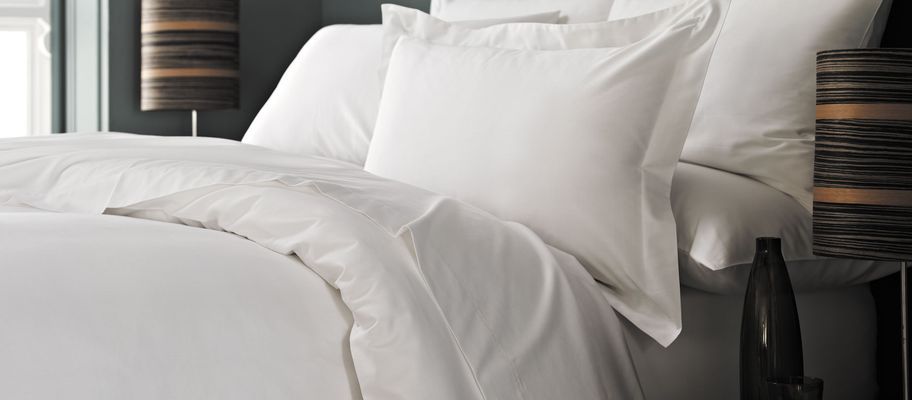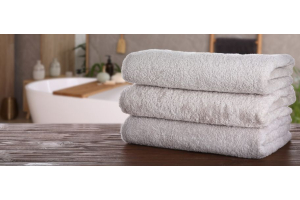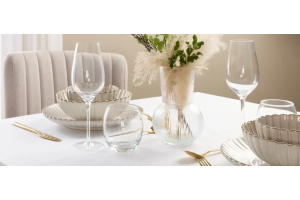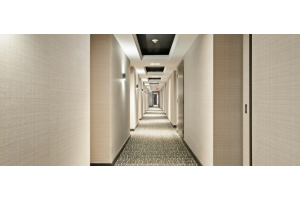We use cookies to give you the best possible experience. To accept cookies continue browsing, or view our Cookies Policy to find out more.
What is the difference between duvets, duvet covers and comforters?

When you’ve worked in the bedding industry for a few years the lingo used becomes a second language. But for those whose days don’t revolve around knowing what the best type of pillow is, some of the terms can be downright baffling. The terms duvet, duvet cover and comforter can often be used interchangeably, making it even more confusing and probably has you wondering what the difference is between the three.
We’re fairly sure that most people know what a duvet is. After all, it’s probably what you’ve been sleeping under last night. But what exactly is a duvet cover and does the term ‘comforter’ mean anything different? Well, we’re here to give you the low down and hopefully ensure you come away a little bit more informed.
What is a duvet?
While you likely already know what a duvet is, it’s a good idea to know the exact definition. A duvet is a soft quilt that can be filled with a variety of synthetic or natural fillings. These include down, feathers or synthetic fibres such as polyester or microfibre. Duvets are designed to be placed inside a cover, which protects the duvet and makes it more comfortable against the skin. We’ll come to the actual cover in a moment.
In the UK, the term duvet is used widely. Where it can get confusing, especially when you’re searching the Internet for information about them, is that other countries, such as the USA, can use the term ‘comforter’ to also describe a duvet. But a comforter can also be something different to a duvet, which is what we’re about to come on to.
What is a comforter?
No, a comforter isn’t the dummy you give to your baby when they’re upset (although it’s been used for that too). A comforter is a thick, quilted blanket with insulating filling inside, which can be natural or synthetic like a duvet. They’re usually quilted or stitched. The difference between a duvet and a comforter is that a comforter is designed to be ready to use straight away, with no cover required.
Unlike duvets, you tend to find that comforters are sold in sets, including coordinating pillows or blankets. Due to this ‘bed in a box’ setup, they’re a popular choice amongst students who, let’s just say, may be a little lazier when it comes to making a bed (although, while some are machine washable, they tend to be more of a pain to clean than duvets as many are dry-clean-only). In any case, who can blame them? Trying to insert a duvet into a duvet cover can be an exercise in frustration at times. Speaking of duvet covers…
Disclaimer: We don’t sell comforters at Vision Linens, but we thought you’d like to know the difference between these and duvets anyway.
What are duvet covers?
A duvet cover is what you’ll insert the duvet into, just as you’d insert a pillow into a pillowcase. It’s a protective layer for your duvet and can be enclose the duvet using buttons or ties. They’re easy to remove and wash, usually negating the need to ever wash the duvet unless some serious spillage has occurred. Duvet covers also allow you to change the look of your bedding quickly and cheaply without having to fork out more money for a new duvet. They come in a million and one unique styles, so you’ll always be able to find one to your taste.
Unfortunately, duvet covers also come with some new terminology to learn. You’ll see the terms ‘bag style,’ ‘envelope style’ and references to ‘poppers’ or ‘tacks’ on your searching. Luckily, we’ve already covered what each of these are in detail in this blog post.
If you still have questions about various bedding, bathroom, or table linen terms then you may want to check out our frequently asked questions guide as it will likely have the answer you’re looking for. If it doesn’t, feel free to get in touch with us and we’ll be happy to answer any questions you have.






